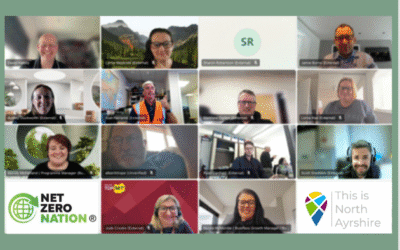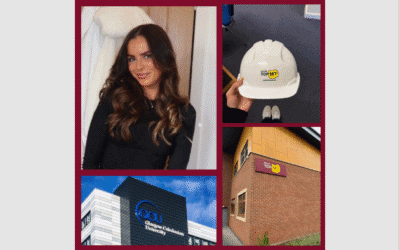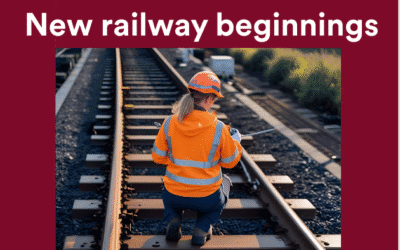Never use ‘Human Error’ as a cause.
In 2011, Trevor Kletz wrote in his article How Not to Investigate an Accident, ‘Don’t quote human error as a cause’.
He was right of course, but his statement has been misunderstood. George Bernard Shaw said, “The biggest problem with communication is the illusion it has taken place”. And Trevor’s statement certainly has been misunderstood. Coupled with the drive towards a ‘no blame’ culture, we now find some saying, “You can’t have human error as a root cause of an incident”. This is correct in one respect, but not another. The false conclusion that some have taken from this, is that humans are not the fundamental reason things go wrong. Instead, it was the machine or material that failed, the wind that caused the problem, or the system or institution. That’s a much easier let-out! But human factors are always the fundamental reason things go wrong. There are very few exceptions – a meteorite strike might be one.
What Trevor was saying in truth is, first, that all ‘errors’ are human and so the adjective ‘human’ is not required. Secondly, he was explaining that although the statement is true, it’s not the way to deal with a problem to simply say it was a ‘human error, and that’s an end to it’. That gets you nowhere. So he was criticising the phrase, not the concept.
Why? All failures are ultimately caused by human action or inaction. But the term ‘human error’ is far too vague and all-embracing. What’s more the term ‘error’ implies ‘fault’ and ‘blame’, which should not be the thrust of your commentary on an incident.
How to talk about Human Factors in Incident Investigation
What you must do is describe the ‘error’ clearly, accurately and impartially as an action that someone did, or did not take, which resulted in the incident. That is the information you need in order to be able to do something about it.
As an example: the Forth Road Bridge was designed in the 1950s and completed in 1964. It is now showing its age – a girder cracked in 2016 and the bridge was closed for a number of weeks, causing traffic chaos for many. Was the ‘cracked girder’ the root cause of the problem? It would be nice to think so, but it certainly wasn’t. The root cause was the design and construction of the bridge, which added to ineffective maintenance. These are all fundamentally human issues, but you would be hard-pushed to ‘blame’ someone for making the wrong predictions of traffic volume sixty years down the line! It was a human decision, made using the best information available at the time. As it turned out, it was wrong, but it could have been mitigated by effective maintenance. This failure was much more recent and allegedly was based on financial constraints. One engineer, writing to The Scotsman, summed the situation up succinctly: ‘Unforeseen structural failure is a human failure, not a whim of fortune.’



